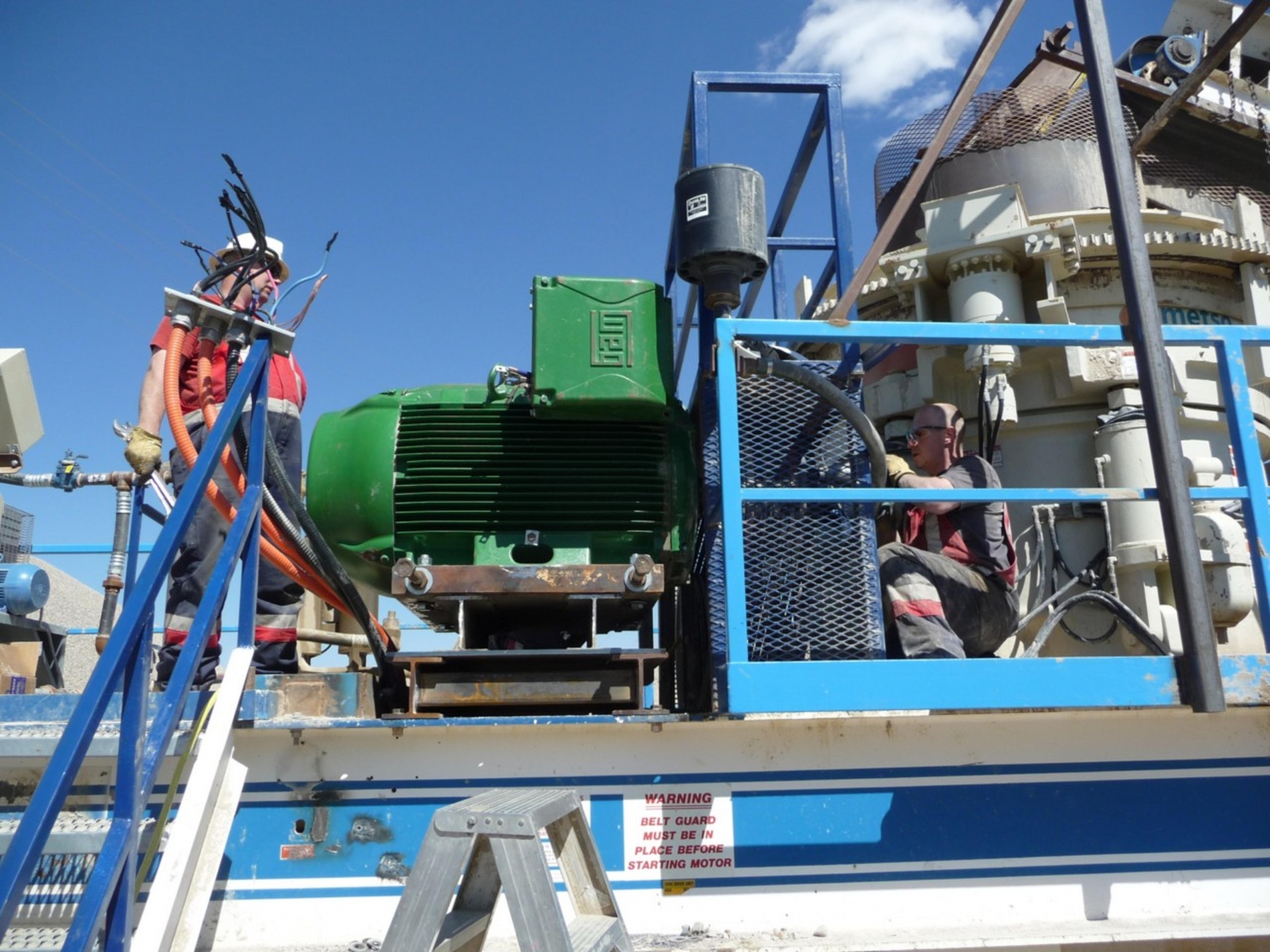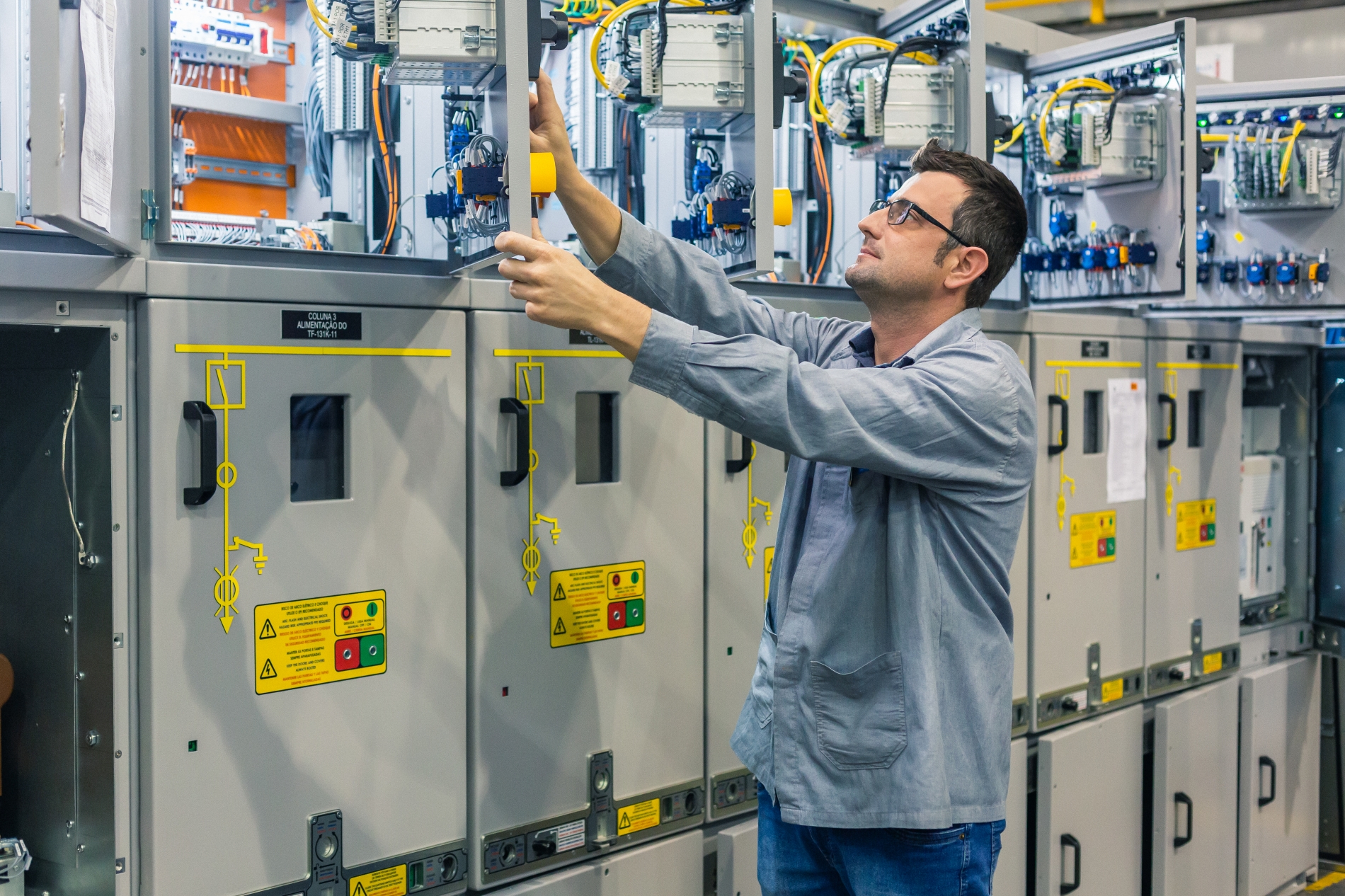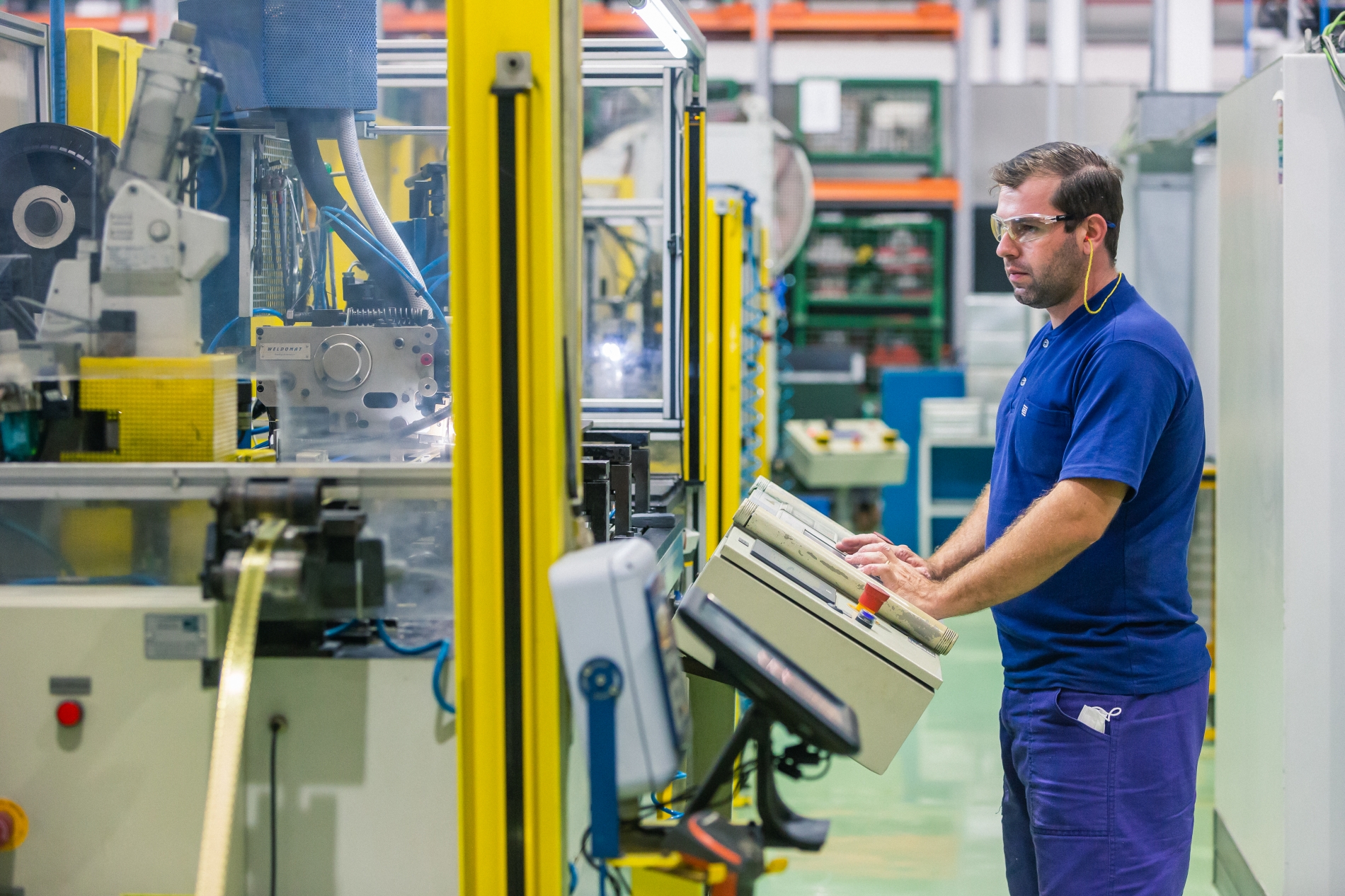Maximize the lifespan of WEG motors with best practices in installation, OEM maintenance, and soft starter integration. Learn more from VJ Pamensky.
Electric motors are the backbone of industrial automation, powering critical equipment across industries like mining, oil & gas, and manufacturing. Good house keeping and a well-maintained motor ensures higher efficiency, lower operational costs, and fewer unplanned shutdowns. To maximize the lifespan and reliability of WEG motors, businesses must prioritize high-quality components, proper installation, proactive maintenance, and performance optimization. Here’s how businesses can protect their investment and keep operations running smoothly.
1. Proper Installation: Setting the Foundation for Longevity
A well-installed motor experiences fewer failures and requires less maintenance. Follow these key steps during installation:
- Correct Alignment – Misalignment can lead to bearing wear, inefficiency, and mechanical stress. Use laser alignment tools for precision.
- Stable Mounting – Ensure the motor is securely fastened to minimize vibrations, which can cause misalignment and premature wear.
- Voltage Compatibility – Verify that the power supply matches the motor’s specifications to avoid overheating, excessive current draw, and insulation damage.
- Environmental Protection – Choose the right motor enclosure based on the operating conditions. TEFC (Totally Enclosed Fan Cooled) enclosures protect against moisture and dust, while ODP (Open Drip Proof) enclosures allow better airflow but are suited for cleaner environments.
Pro Tip: WEG motors come in a variety of enclosures, including TEFC and ODP, to suit different industrial environments. These electric motors use premium-grade windings, insulation materials, and high-quality bearings, ensuring long-term reliability in harsh industrial conditions.

2. Regular Preventive Maintenance
Routine maintenance ensures that electric motors operate efficiently and last longer. Establish a scheduled maintenance program that includes:
- Lubrication of Bearings – Use only OEM-recommended lubricants to prevent mixing grease, overheating, and premature bearing failure. Over-lubrication can be just as harmful as under-lubrication, so follow manufacturer guidelines.
- Cleaning and Cooling – Dust, dirt, and debris can clog cooling systems, leading to overheating. Regularly clean ventilation paths and ensure proper airflow.
- Tightening Electrical Connections – Loose or corroded connections can cause voltage drops, power fluctuations, and excessive heat, which may damage the motor.
- Insulation Resistance Testing – Use a megohmmeter to check insulation integrity and prevent electrical faults.
Pro Tip: Conducting infrared thermography scans can help identify hot spots in electrical connections before they lead to failure.
3. Overheating Protection and Condition Monitoring
Overheating is one of the leading causes of motor failure. With advancements in industrial automation, businesses can now use condition monitoring to predict potential failures before they happen. Use the following methods to protect motors from excessive heat:
- Thermal Sensors & Overload Relays – Protect against excessive loads by shutting down the motor before overheating occurs.
- Vibration Analysis – Detects issues like imbalance, misalignment, or bearing failures by analyzing vibration patterns.
- Thermal Imaging – Identifies overheating components that may indicate electrical or mechanical problems.
- Current Signature Analysis – Helps diagnose rotor bar damage, stator faults, and power supply issues.
- Voltage & Frequency Monitoring – Ensure that voltage and frequency remain within the rated specifications. Voltage fluctuations can stress motor windings, reducing their lifespan.
- Bearing & Winding RTDs (Resistance Temperature Detectors) – For larger motors, RTDs help detect early warning signs of vibration, imbalance, or overheating.
Using soft starters can also enhance motor longevity by reducing inrush current and mechanical stress during startup, preventing sudden torque spikes that wear out mechanical components.
Pro Tip: Implement real-time remote monitoring systems to track motor health and detect anomalies before they cause failures.

4. Optimizing Performance for Maximum Efficiency
Beyond installation and maintenance, optimizing motor performance ensures energy efficiency and extends its service life. Key strategies include:
- Load Management – Avoid overloading motors, as it leads to overheating, excessive wear, and reduced efficiency.
- Variable Frequency Drives (VFDs) – Adjust speed and torque based on load demand, significantly reducing energy consumption and wear.
- Power Quality Checks – Monitor harmonics, voltage fluctuations, and imbalances that could impact motor efficiency and longevity.
- High-Efficiency Motors – Upgrading to premium efficiency WEG motors can reduce energy costs and improve performance in high-demand applications.
Remember that heat and frequent start cycles are a motor’s biggest enemies. Minimizing stop/start cycles or using VFDs and soft starters can significantly reduce wear and tear.
Pro Tip: Motors with IE3 or IE4 efficiency ratings deliver better performance while minimizing operational costs over their lifespan.

5. Environmental Considerations for Longevity
Industrial motors often operate in demanding conditions that can accelerate wear and tear. Consider these environmental factors:
- Humidity and Moisture – Use motors with sealed bearings and anti-condensation heaters to prevent moisture damage.
- Dust and Debris – Choose motors with TEFC enclosures in dusty environments like cement plants or sawmills.
- Chemical Exposure – In industries like food & beverage or chemical processing, motors should have corrosion-resistant coatings.
- Extreme Temperatures – Motors exposed to high or low temperatures may require specialized insulation or cooling systems to ensure performance.
Pro Tip: In commercial settings, motors are often considered 'throwaway' motors with little to no preventive maintenance. However, simple maintenance practices can significantly extend their operational life.
Conclusion: Invest in Quality and Expertise
Partnering with a trusted supplier like VJ Pamensky (WEG Canada) ensures access to high-quality WEG motors, genuine OEM parts, and expert technical support. By implementing best practices in installation, maintenance, and performance optimization, businesses can extend the lifespan of their motors, reduce downtime, and improve operational efficiency.
For more insights on motor reliability, contact VJ Pamensky today.


